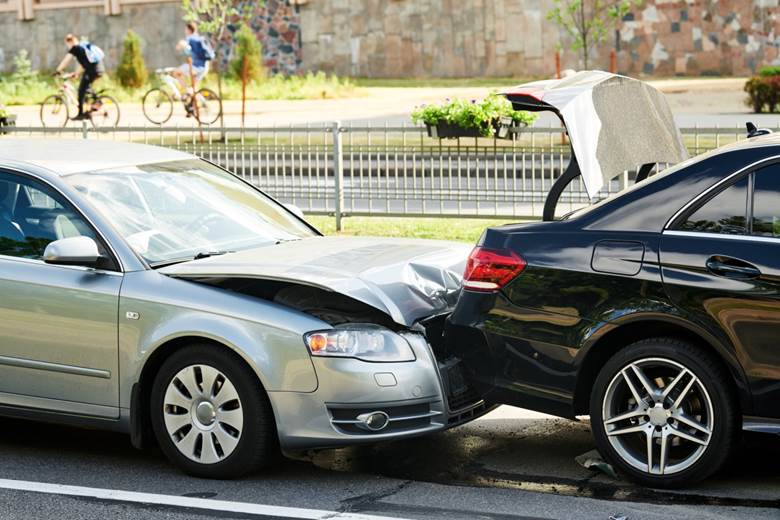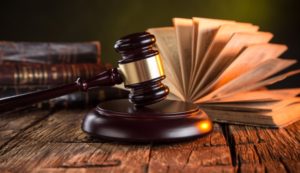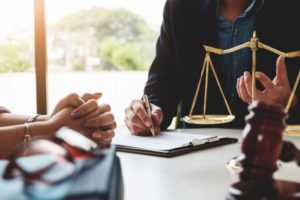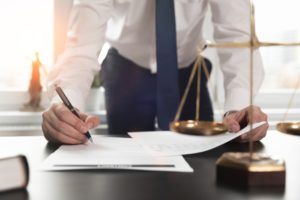
Deal With Insurance Adjusters After a Car Accident
We’ve all encountered those terrible moments of silence that follow a car accident. Whether the accident was minor or major, the steps taken right after are essential. Unfortunately, not everyone is fully aware of the best documentation steps to take following a car accident. That’s why we’re here to break down the process step-by-step, so you’ll know exactly what to do in that moment of shock. In this blog post, we’ll explore the essential steps you should take to ensure proper documentation of a car accident. Ready? Let’s get started!
Immediately after an accident, you should take pictures of any visible damage and record the names and contact information of any witnesses. Additionally, you should also get a copy of the police report for your records. Then call a car accident attorney to help you with your case.
What to Do Immediately After a Car Accident
After a car accident, it is important to take steps for safety, such as checking for injuries, calling for medical assistance if needed, and moving vehicles out of traffic. It is also important to not admit fault and gather evidence with photos and any witness contact information. Lastly, document the exact location of the accident scene before leaving the site.
Recording and Collecting Details of the Accident
Recording and Collecting Details of the Accident: The importance of recording details of the altercation should not be underestimated. It is critical to document the specific events that took place throughout the accident, in addition to the conditions leading up to the accident. Make sure to write down any identifying characteristics of the other vehicle, such as its make and model, license plate number, color, etc. It is also important to document the location and time of the accident, including weather information if possible. Detailed statements from all parties involved as well as witnesses should also be written down or recorded.
Those involved in an accident should also collect evidence of fault or negligence to help build a case against an opposing party in legal proceedings if needed. If applicable, take pictures or video recordings of skid marks, traffic lights, or signs that are related to the incident. Witnesses can provide essential testimony that supports your case so it’s important to speak with those who have seen what transpired during and before the crash. Most importantly, exchange contact and insurance information with other drivers on the scene.
All of this crucial evidence allows for an easier reconstruction of what happened before and during an accident by law enforcement personnel or attorneys dealing with a potential lawsuit. Though it may seem trivial at first glance, collecting as much information as possible will benefit you greatly in case there is a conflicting dispute about fault for an incident later on.
Taking photos of the scene and damage sustained is another effective way to quickly capture key details after an accident. With high-resolution cameras that are now installed on most smartphones, shooting and saving these visual records became easier than ever. Doing so will help create a consistent narrative about an event seeing how storing succinct images could be more useful than relying solely on eyewitness testimony and collected data.
This section has gone over some key steps that need to be taken shortly after a collision in order to accurately document any appropriate details related to it. Taking pictures of the scene and damage along with recording witness statements might prove invaluable when assessing fault in a car accident situation.
Take Photos of the Scene and Damage
Taking photos of the scene and damage should be one of the essential steps you take immediately after a car accident. If a smartphone or digital camera is available, capture detailed images of both vehicles involved in the accident (including license plates). It is important to note that photos should be up-close and clear, so any damage can be properly documented.
Additionally, take pictures of the overall accident scene to show details such as skid marks, the location of debris, street signs, road conditions (wet/dry), and anything else accurately reflecting the moment the crash occurred. Having these photographs will help piece all the aspects together since many details, like debris on the roadway or vehicle positions, could change before any police investigation takes place.
Photographic evidence is a powerful tool for anyone dealing with an insurance claim. Taken by someone with no bias toward either party, photographs give a good picture of what took place during the accident to provide justifiable proof. Insurance companies may use this information to determine fault or to identify potential problems that would otherwise go unnoticed due to varying opinions among parties involved in an accident.
Reporting the Accident to Police and Insurance Companies
Reporting the accident to police and insurance companies is an essential step to take after documenting the car accident. While your legal obligations regarding filing a report can vary by state, it’s often recommended to contact both law enforcement and your insurance provider in order to begin any potential claims process if damage has been done to your property or vehicle. Even if a law enforcement officer does not come out to the scene of the accident, you may still need to file a crash report.
Essentially, your insurance company will use the law enforcement report as evidence in order to determine who is financially responsible for damages resulting from the car accident. Without this documentation, it can be difficult for anyone involved to accurately prove fault in the eyes of the insurance provider. If applicable, any statements provided which are recorded at the scene can help corroborate your account when making a claim later on.
At this point, you may have gathered enough information to draft an official report either independently or with assistance from a law enforcement agency. It is important that no part of your story or recollection should be exaggerated or altered – if multiple accounts of events exist among those involved, then each person should write and submit their own version detailing their perspective of what happened during the accident.
What Information Should Be Included in a Report?
Once the police and insurance companies are contacted, the next important step to take when documenting a car accident is to create an accident report. This report should include the necessary information that allows the police and insurance companies to properly investigate and assess the situation.
Important items to include in an accident report are information about each vehicle involved such as makes, models, years and license plate numbers. Additionally, it is important to note the date/time of the incident, as well as weather conditions at that time. Other pertinent details needed are details related to how the accident occurred (e.g., speed limits, lane changes), any injuries or property damage sustained, witness contact information and any other relevant factors that can be used by law enforcement or insurance companies to further investigate your claim.
It can be beneficial for individuals involved in an accident to provide their own account of what happened as soon as possible after the incident occurs. At the same time, it is imperative for individuals involved in an accident to remain factual without conjecturing or guessing about details – as this could impact their insurance settlement or any potential legal proceedings stemming from the incident. The most effective way for individuals involved in an accident to protect themselves from potential legal ramifications is by providing only accurate and objective information in their reports.
The importance of taking accurate notes and filing comprehensive reports cannot be understated. By thoroughly documenting all necessary information when an accident occurs, parties involved can ensure that they have appropriate evidence to back up their accounts on any matters pertaining to fault or damages should they need it. For this reason, it’s essential that individuals involved in a car accident take every effort to ensure they gather adequate data and file timely reports of the incident before transitioning into legal considerations.
Legal Considerations When Documenting an Accident
When documenting an accident, it’s important for individuals to acknowledge any legal liabilities that may come with the documentation. In general, it’s perfectly legal to take pictures and write down details of an accident without the permission of anyone else involved. However, it’s recommended that individuals observe all applicable laws and traffic codes in order to stay safe during the process.
When possible, it’s best to check with local law enforcement before photographing or recording information from an accident site. Depending on the seriousness of the incident, criminal charges could be brought against those breaking local laws by taking or publishing certain images or recordings. It’s also important to be aware that not all accidents need to be reported – such as a minor fender-bender in a private area – so individuals should double-check if reporting is necessary.
When gathering evidence on an accident scene, the most important aspect to remember is public safety. Cars should remain in their current position and debris surrounding the vehicle should not be touched until law enforcement has arrived on the scene. Also, pedestrians should avoid standing in dangerous areas while photographing or writing notes down. By observing local legal considerations as well as general safety tips, individuals can properly document a car accident without getting into trouble with the law.





